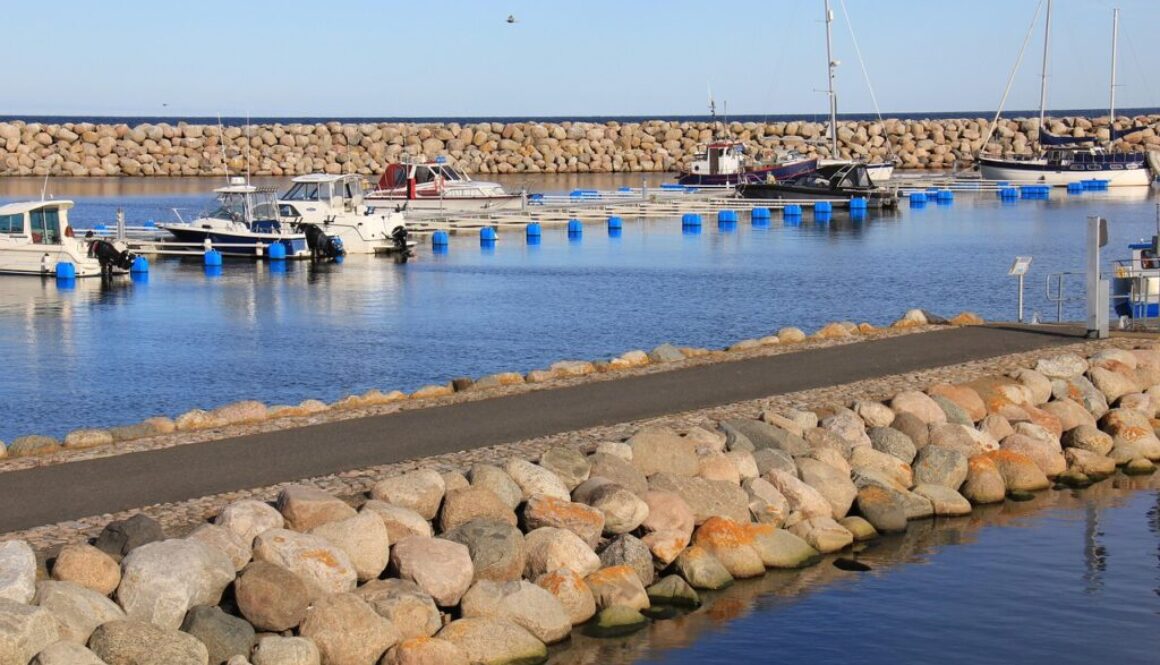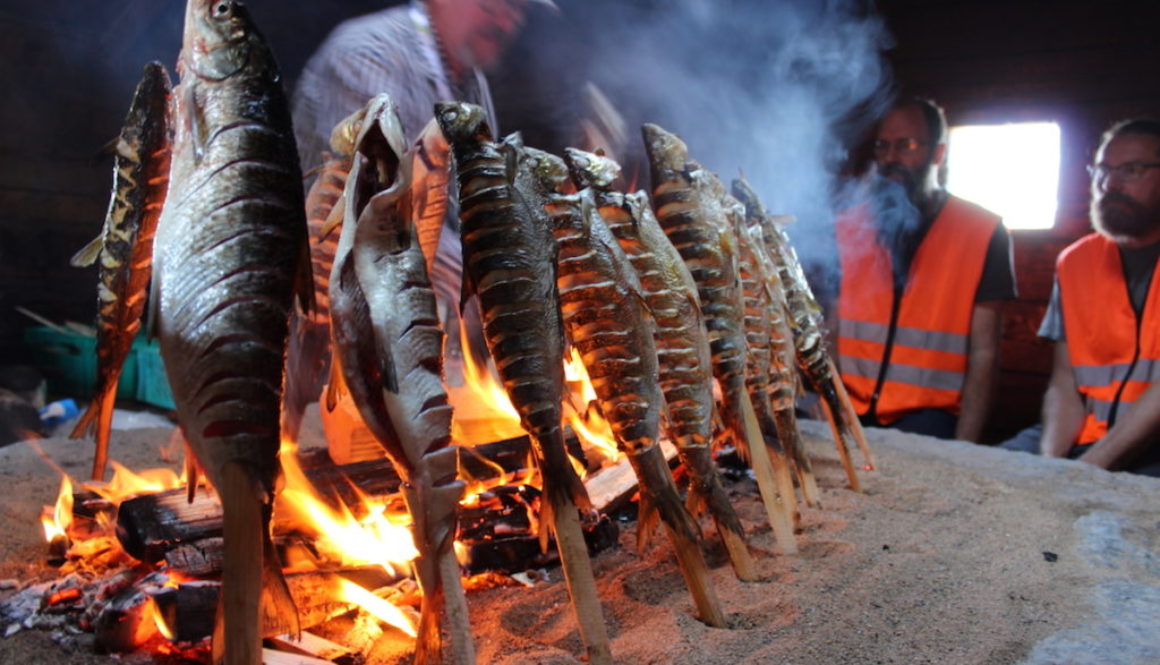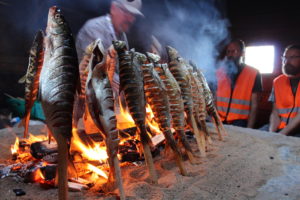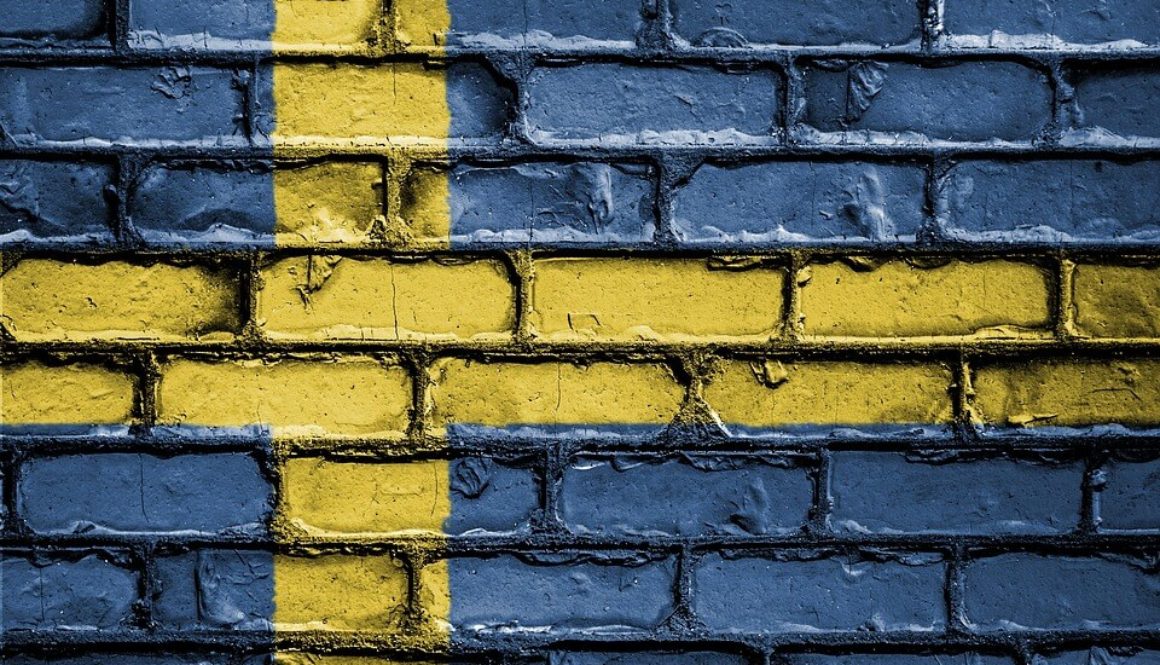LIFE Members Meet EU Commissioner Costas Kadis in Simrishamn to Highlight Baltic Sea Crisis
Bengt Larsson, LIFE Director and representative of SYEF, together with his colleague Stefan Nordin from Kustfiskarna Bottenhavet PO met with Costas Kadis, the new European Commissioner for Fisheries and Oceans, during his mission to Sweden. The meeting focused on the escalating crisis in the Baltic Sea and the urgent need to safeguard the future of small-scale fisheries in the region.
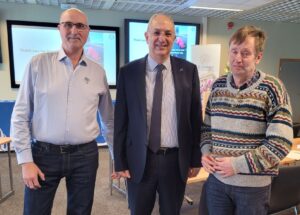
Commissioner Kadis was accompanied by five Swedish MEPs from the European Parliament’s Fisheries Committee—representing EPP, S&D, the Greens, and Renew Europe—along with a diverse group of stakeholders, including coastal fishers, scientists, environmental organisations, anglers, and the coast guard. The event, hosted by the Marine Centre in Simrishamn, followed the momentum of LIFE’s Baltic Emergency event.
In his intervention, Bengt Larsson presented the same powerful message previously delivered in Brussels, highlighting the deteriorating state of the Baltic Sea, the struggles of small-scale fishers, and the need for immediate and targeted action. LIFE members called for science-based quota reductions in order to reverse the significant decline in stocks observed over the past decade. Larsson emphasised full support for the Commission in working towards significant quota reductions and stated that “we can survive low quotas but we cannot survive more closures”, referring to the ongoing cod ban since 2019—which disproportionately harm low-impact fishers and has not contributed to an improvement in the state of the stock.
Conrad Stralka from the foundation BalticWaters presented research from their lab demonstrating that Baltic cod grew well when provided with sufficient food, and there was criticism from scientists, environmental organisations, anglers and politicians that species interactions were not sufficiently considered by management. This has led to a situation that while the cod fishery is closed and the stock is not recovering its prey, herring and sprat, continuing to be fished at very high levels with those stocks now also in decline.
Scientists reiterated the unique ecological vulnerability of the Baltic and the dramatic decline of commercial stocks, while Commissioner Kadis acknowledged the urgency of the situation. He welcomed the cross-party unity in Sweden and stressed the importance of the Oceans Pact, calling it a concrete roadmap for holistic action, not just a vision.
To follow up, the Commissioner announced plans for a Ministerial Meeting in September, to be co-hosted with the Swedish Commissioner from DG ENVI, bringing together regional ministers from all Baltic Member States to address the crisis collaboratively.
LIFE would like to thank the Velux Foundation for its continued support of the organisation’s work in the Baltic and North Sea, helping to amplify the voice of small-scale fishers and drive forward sustainable solutions – support without which such milestones would not be possible.
